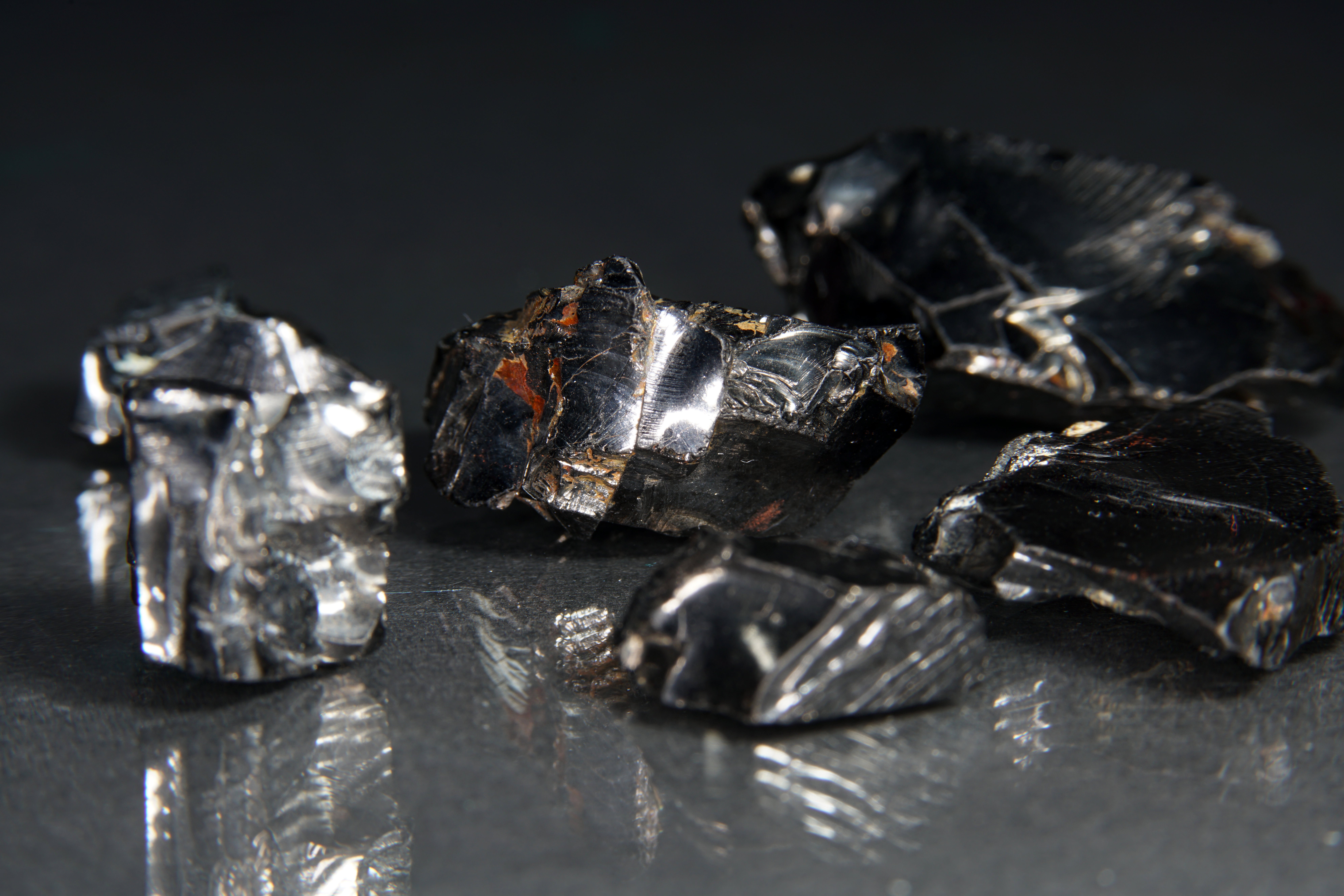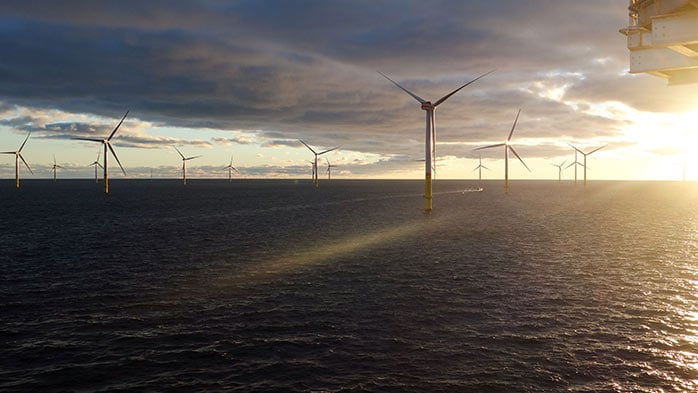CRU’s Wire and Cable team has recently dug deep into the data centre markets around the world, which have seen rapid growth in recent years in regions such as North America, Europe and China. Following an extensive consultation period with the industry and senior leaders across CRU, we have published the results of a global data centre market model which tracks demand of both optical fibre and metallic cables. Overall, CRU forecasts that cable demand from data centre applications will account for roughly 1% of total global insulated metallic cable demand in 2025. This share is higher in key regions such as North America where metallic cable demand for datacentres accounted for 4% of cable demand in 2025, rising to 7% by the end of the decade.
In our current outlook, while optical cables dominate data transmission in modern data centres, metallic cables – primarily copper-based – play a crucial role in power distribution and specific networking tasks, such as short-distance and high-power connections. The methodology and key outcomes of this recent project are detailed below.
GenAI trend drives metallic cable demand in data centres
Generative AI end-use applications and data centres have become a raging topic around the world, which has translated into extraordinary increases in investment since January 2019. From 2019 until July 2024, This trend will likely translate to increased demand for power and low voltage cables as AI intensity for power distribution and electrical interconnections requires additional energy consumption.
The metallic portion of the model follows a top-down methodology which starts with collecting global electricity consumption for data centres, which is split by region and then translated to capacity data. Afterwards, intensity factors are applied for both copper and aluminium tonnage to yield total copper and aluminium consumption. The remaining steps include further splitting the metallic tonnage to usage by application within data centres, including power distribution, electrical interconnections and HVAC/heat exchanges. Finally, these application figures are converted to kt conductors.
After applying all the variables, we yield a final result for total transceiver cables. These are also grouped between AI applications, non-AI applications and data centre interconnect (DCI).
Copper to continue as key material for AI power demand
There is no doubt that data centres require a vast amount of energy to power servers, networking equipment, cooling systems and electrical connections. Copper cables are widely used in power distribution due to their excellent conductivity and durability.
Low voltage energy cables made from copper are essential for efficiently distributing electricity within the data centre, ensuring minimal power loss and maximising energy efficiency. As data centres grow both in size and complexity, the demand for reliable power distribution solutions, including metallic cables, continues to increase.
Recent trends emphasise sustainability and efficiency, pushing data centres to optimise their energy usage. The integration of copper-based cables allows for better thermal management and reduces energy loss, as copper has a higher conductivity compared to alternatives like aluminium. In particular, the rising adoption of renewable energy sources and energy storage systems in data centres increase the need for copper in power distribution cables, connectors and busbars.
While optical fibre is the primary medium for long-distance, high-speed data transmission, copper cables still have a place in short-range connections, particularly within server racks and cabinets. Technologies like Direct Attach Copper (DAC) cables provide high-speed, low-latency connections between servers and networking equipment at shorter distances. These DAC cables offer a cost-effective alternative to optical transceivers for links within the same rack or between adjacent racks, supporting speeds up to 100 Gbps.
NVIDIA – a leading player in the data centre market, especially in AI and high-performance computing (HPC) segment – plays a crucial role in driving the demand for copper. As NVIDIA’s data centre solutions – including GPUs and networking equipment – proliferate in hyperscale and enterprise data centres, there is an increasing need for robust, high-performance interconnects. Copper’s superior conductivity makes it essential for distributing the vast amounts of electricity required to power NVIDIA’s high-performance GPUs, which are critical for AI training, machine learning and large-scale data processing.
As seen in Figure2 above, while copper remains the dominant material in data centre cables, aluminium is occasionally used as a lighter and cheaper alternative, particularly in non-critical applications. However, copper’s superior conductivity and thermal properties make it the preferred choice for both power distribution and high-speed data interconnects, especially where performance and reliability are paramount.
In applications like HVAC systems, copper is used in heat exchange components due to its high thermal conductivity, which improves cooling efficiency. In contrast, aluminium is more commonly used in less performance-critical areas, such as grounding and plumbing systems. The application split between copper and aluminium varies, but copper continues to dominate where power and data integrity are key.
Positive outlook remains for copper demand given AI trend
As data centres move toward higher densities and greater performance requirements, copper will remain a key component in power distribution and short-range data transmission. Emerging technologies like AI, 5G and edge computing will further drive demand for copper, particularly in high-performance power cables and DACs.
Moreover, as data centres focus on reducing energy consumption, copper's role in enhancing power efficiency and reducing losses will be even more critical. The long-term outlook for copper demand in data centres is strong, with the potential for increased use as energy-efficient designs and high-performance networking become increasingly important in an era of rising global connectivity requirements.
With the datacentre industry experiencing rapid changes and developments, you can follow our updated views and insights on the metallic wire and cable market for datacentres through our Wire and Cable Market Outlook Service.

















